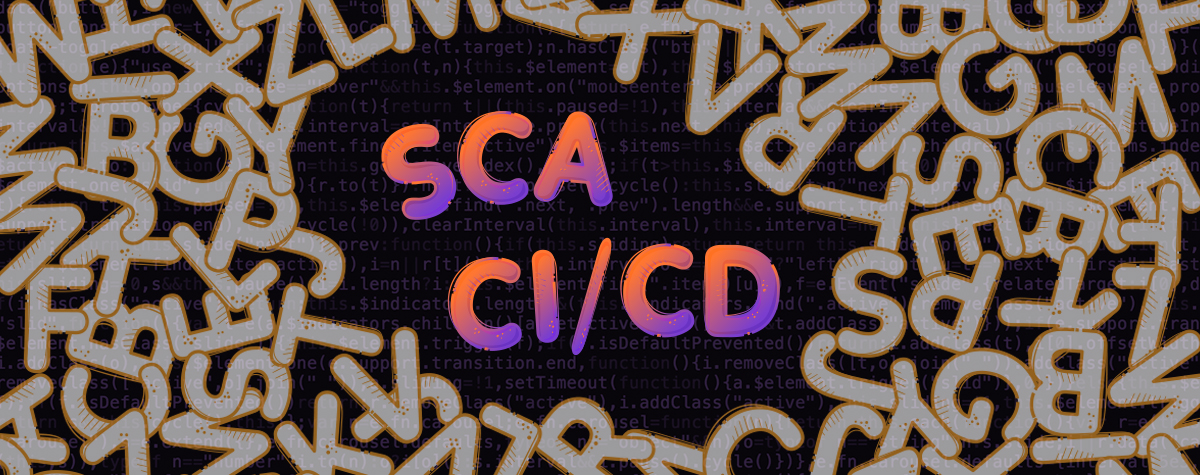
SCA and CI/CD: The Most Delicious Alphabet Soup

In the continuous delivery (CI)/continuous delivery (CD) pipeline, one of the key ingredients to add to the pot is software composition analysis (SCA), an automated process that identifies the open source software in a codebase.
We know that app development teams are under pressure to deliver releases with new features and fix bugs as quickly as possible–and before the competition does. Increasingly, they rely on CI/CD to build, test, and quickly add small updates. Automated tests are used to perform most of the functions on every CI/CD build.
Why SCA Should Be Included in the CI/CD Process
SCA should be used throughout the CI/CD process for several reasons—it checks which libraries your application uses and searches for vulnerabilities in their repositories. This is important because vulnerabilities can go undetected during the software development lifecycle. SCA tools perform an analysis to evaluate security, license compliance, and code quality. Even while open source is available to everyone, companies need to be aware of its license limitations and obligations.
Additionally, SCA continuously performs security monitoring, which will help reduce the likelihood that vulnerabilities will be missed. When used at the start of the CI/CD pipeline, SCA tools scan your source repositories and alert you to dependencies that, if not dealt with, may result in security vulnerabilities within your production application.
When vulnerabilities are proactively and automatically identified, your team is able to prioritize which issues to address first.
SCA tools also maintain and update their vulnerability list so even years after an application is released, you can use them to find issues in your application. Inspections are granular—they are conducted on the open source code, package managers, binary files, manifest files, container images, etc.
Other SCA Features to Consider
After identifying the open source components, the tool will assemble them and generate a software bill of materials (SBOM) that details a complete inventory of its assets. The tool will then compare it against various commercial or government databases such as the National Vulnerability Database (NVD), which gathers data on common and known vulnerabilities in software.
This helps provide better visibility and a greater understanding of what has gone into creating the application to determine whether it’s safe to use.
Although the premise of SCA is not entirely new, the use of open source tools has grown more popular in the last several years, primarily due to their accessibility and cost-effectiveness. This has made using SCA a necessary process for app security programs.
Easy integration–with your repositories, CI servers, package managers, IDEs, and build tools—is yet another benefit. This gives developers the flexibility of being able to select the most appropriate build environment for their project.
It’s hard to know all you should know about the components used in the app development process, especially with cyberattacks becoming a daily occurrence. Performing SCA helps eliminate business risk. An SCA tool helps your developers embrace security throughout the entire CI/CD development lifecycle.




